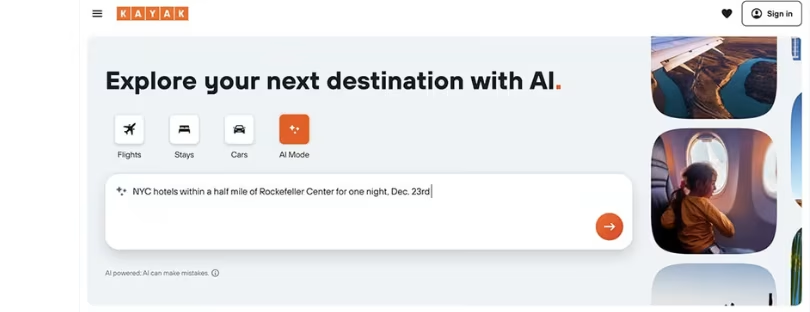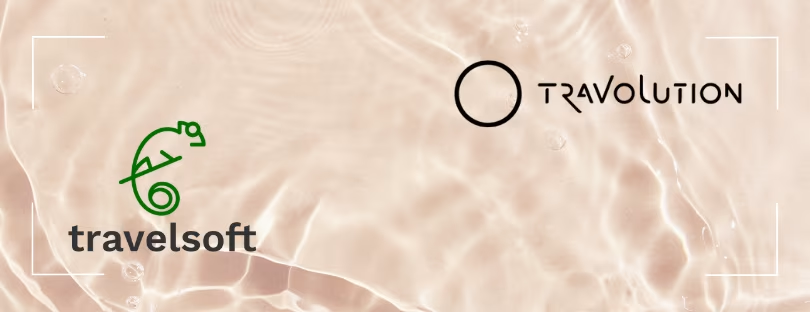
Summertime, Holiday Time – It’s Already a Bit Digital at the Border
Many holidaymakers will not be able to get by without their passports this summer. However, digitalization is now reducing the number of steps required to check passports when traveling. Veridos shows how modern technologies provide more convenience and shorter queues. travel digitalization
Summer vacation is just around the corner and everyone is organizing their trips. Much of this can already be done digitally. With just a few clicks, hotels can be booked, flights checked, and paid for online. Once you arrive, you can reserve a rental car via the app and check into the hotel.
A key part of travel is still characterized by physical documents and manual processes: namely proof of identity. Holidaymakers must continue to carry their ID card or passport with them and have it checked when crossing borders.
The first approaches to digitization have already been implemented here. Modern technologies reduce the manual steps of controls without compromising security, thereby enabling more seamless travel. Veridos, a global leader in integrated identity solutions, explains three examples of this.
1. Mobile passport data.
There are now apps that allow holidaymakers to transfer and save personal data from the chip in their electronic passport to their smartphone using Near Field Communication (NFC). From there, the data can then be sent securely to registered, trustworthy parties, such as border authorities or airlines, for example, to apply for a visa online. Because this eliminates the need for manual transfer, holidaymakers save a lot of effort and time.
2. E-Gates. travel digitalization
There are so-called e-gates at many airports, especially in the Schengen area. There, travelers can place their electronic passport on a reader and have it read automatically in advance. They then enter the actual e-gate, where their face is scanned. The system then checks within a few seconds whether the biometric data from the scan matches that of the electronic passport. In contrast to manual passport controls, there are no longer any long queues.
3. E-kiosks.
E-kiosks, which are particularly common at US airports, take a similar approach. At these kiosks, travelers answer a questionnaire, scan their passports, and verify their identity using biometric methods such as facial recognition. They then receive a printout, which is then manually checked at the security checkpoint. By submitting personal data in advance, the security checkpoint causes less waiting time.

The European Union’s pilot project for biometric corridors at airports shows what a future without a physical passport could look like. The project is researching the following scenario: After checking in online in advance, travelers walk through a biometric corridor in which a state-of-the-art camera system records them and compares the data with the previously registered passport and biometric data as well as information from the passenger list. In this ideal scenario, the entire process takes place while walking, so travelers do not notice the security check at all. There is no longer a check for the passport.
Veridos GmbH
Veridos is a global leader in integrated identity solutions. Governments and authorities in more than 100 countries rely on the company’s unique, extensive product portfolio. Veridos offers complete solutions and comprehensive services that are perfectly tailored to the identification requirements of each customer. The range extends from paper, security printing and electronic chip components, data capture, identity management systems, personalization and issuance of ID documents to solutions for mobile IDs and border controls, including eGates. The company offers the highest quality ID documents, including passports, ID cards and driving licenses, and even the production facilities that enable governments to produce them themselves. travel digitalization









